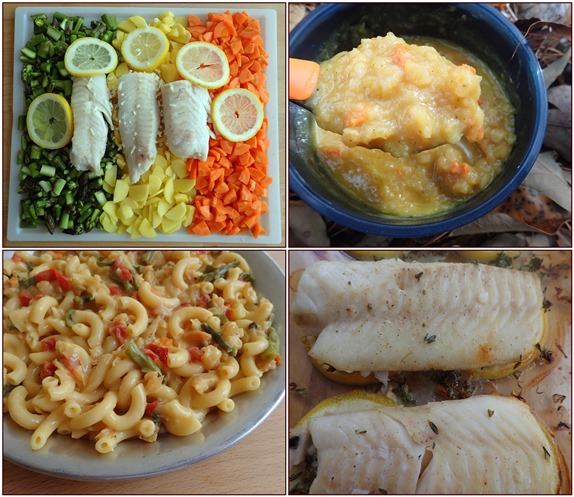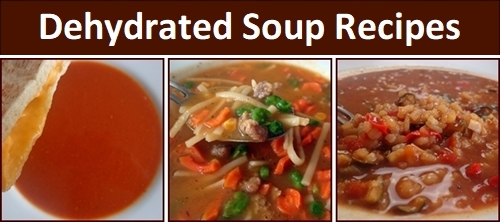| Back to Back Issues Page |
 |
|
Nov. 2017 Trail Bytes: Fish Chowder - Make it for supper tonight, or dry it for the trail. November 03, 2017 |
| Hello, The fish chowder recipe that was featured in this edition of Trail Bytes is now located on a new page here:
Dehydrating Fish: 4 Ways to Cook & Dry It.
Freundliche Grüsse,
Chef Glenn & Dominique
This Fish Chowder recipe is also included in Recipes for Adventure II: The Best of Trail Bytes. 

If you received this newsletter from a friend and would like to subscribe (it's free), subscribe here. Visit my BackpackingChef Facebook page for the lastest posts. Be sure to "follow" the page to continue seeing posts. |
| Back to Back Issues Page |

